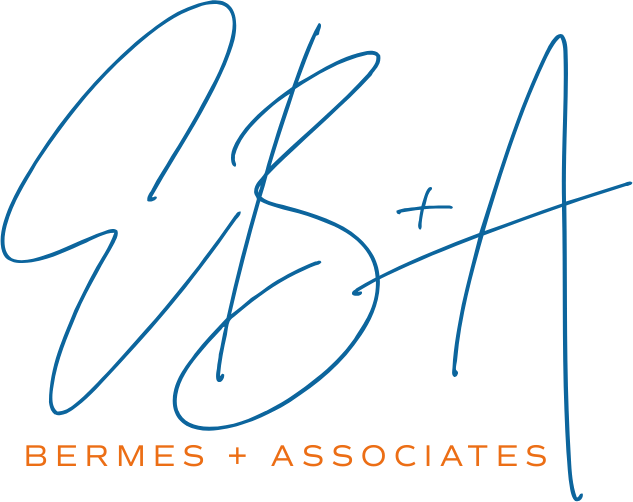Lessons from Failed Executive Assimilations
I spent more than 15 years of my career assessing seated executives.
In these executive assessments, I determine:
What the executive’s strengths and weaknesses are for the role
What (if anything) can be done to close performance gaps
Methods to coach them to top performance.
Most of the time we succeed, even when the executive is assessed very negatively to start. Most have gone on to be successful; many were even ready for a promotion at the end of our work. Some, of course, could not be salvaged for the role.
Here are three common reasons why.
1. They're in the wrong seat.
Some executives are simply in the wrong job.
I’ve seen operations leaders who lacked even the most basic operations skills, like planning, follow-through, project management, communication, or an ability to execute. In these cases, coaching isn’t likely to get a good outcome as too many of the basics are missing.
Executives must be realistic about their skill sets. You may want to be an accountant more than anything in the world, but if you’re dyslexic by nature, you’re going to frustrate an awful lot of people in pursuit of that dream. Guide your career toward what you’re excellent at. Don’t trust organizations to always put you where you belong.
You must seek and utilize feedback so that you know over time, which opportunities will suit you and which will not. A role can certainly stretch you, grow you, and round out your skill sets (and it should, or why take it), but if a role is largely built around things you don’t do well - you will not be set up for success or happiness.
2. They have an inflexible style.
Most executives have a primary leadership style. Command and control, turnaround, innovator, disrupter, people developer, prone to going rogue, benevolent dictator, genius with a thousand helpers, player/coach. Strong leaders can adapt to many of these, if the situation warrants it.
But many leaders have a ‘one-size-fits-most’ approach and settle into ‘their style’ regardless of team or charter.
If you can’t be flexible and adapt to the current culture, charter, team, make sure you’re choosing roles that match your style to begin with. If you’re a turnaround guy, don’t take a continuous improvement role. You’ll be miserable sitting on your hands or you’ll make everyone else miserable turning around something that was working pretty well already.
3. They're over-reliant on past experience.
Most executives come in to new roles and base their assimilation strategy on what has worked for them in the past. They rely much too heavily on past leadership style(s), former team structure(s), and former strategies.
The likelihood that any of these familiar tools will be precisely right in a new role, with a different team, a different culture, and a different charter is low. An executive’s ability to assess, learn, create and operationalize something new in context with what is, and what needs to be done, is the best way to rely on past experience while understanding that what worked in the last stint won’t be exactly what will work in this one.
Set New Executives Up for Success
Rough role assimilations can often be corrected with coaching. Working with an assimilation coach from Day One ensures that none of these stumbling blocks occur in the first place. Proactive new leader assimilation is more efficient, cost effective and makes these big changes easier for the executive and the teams they inherit.
Don't let executives fall victim to mistakes that could have been avoided in the first place.
Are you ready for a new approach that enables the best chance at executive success? Let's talk.
Learn more about our work in executive assimilation.
If you liked this video, and you need help with executive coaching in the Chicago area, learn more about my services here.


